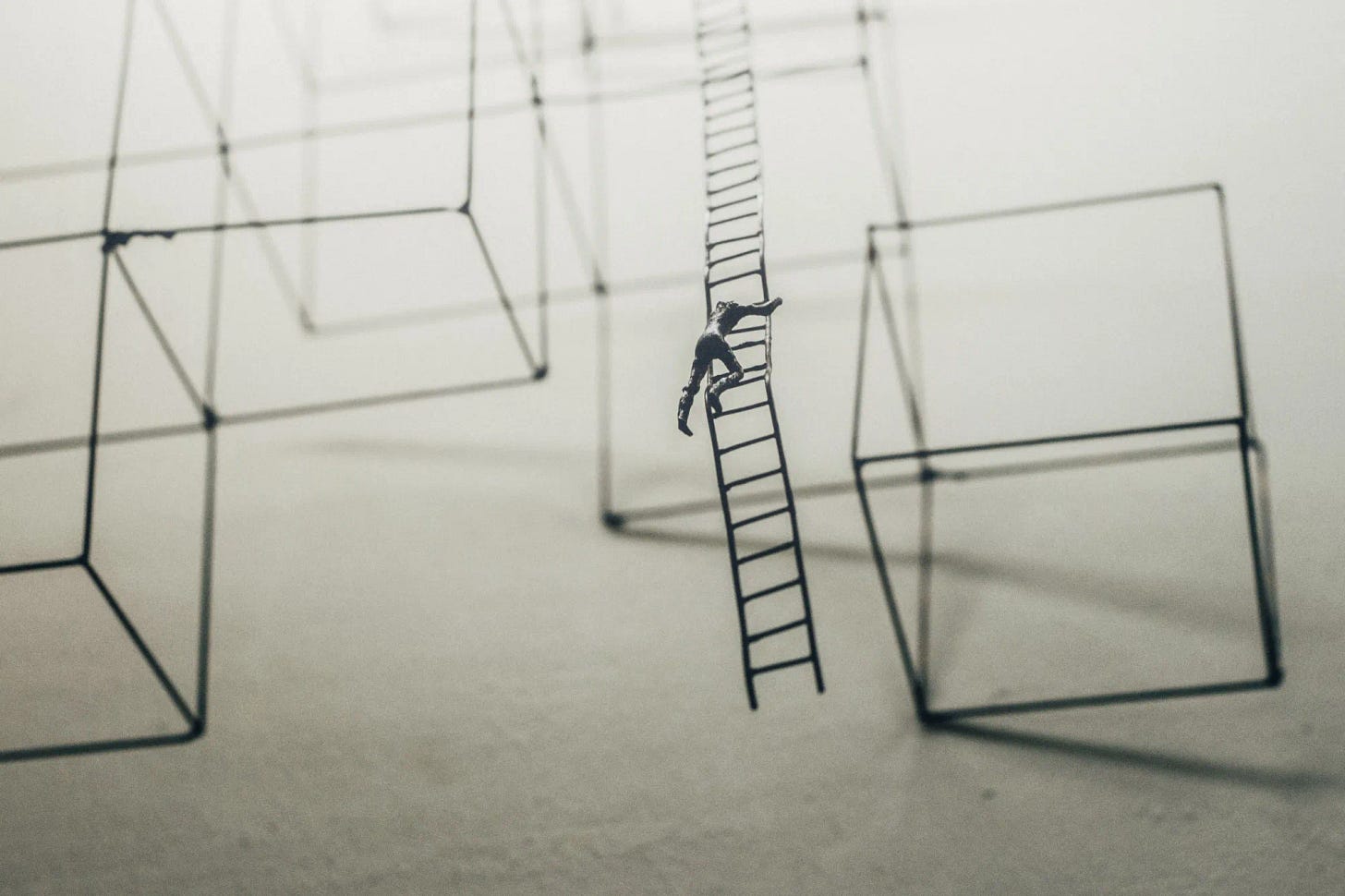How to become a freelance product designer without experience?
The current state of economics forces people to find jobs that can bring value to businesses. We've all heard companies reducing their teams in response to challenging market conditions.

The current state of economics forces people to find jobs that can bring value to businesses. We've all heard companies reducing their teams in response to challenging market conditions.
I talked about some ways freelance designers could survive the recession in the past. Today, we will focus on becoming a freelance product designer and getting into the industry if you don't have any design experience.
A common myth about product design is that all designers were born with unique skills or grew up with a pencil and notebook in their hands. In fact, most product designers come from various backgrounds: from psychology and social sciences to coding and marketing. I even mentored a 55-year-old restaurant owner who decided to switch careers and get into product design!
The fact that product designers have such diverse backgrounds is one of the reasons why the barrier to entry is so low. If you're proactive and willing to absorb a lot of new information, you can become a freelance product designer within a year.
How to get into product design?
Getting into product design is relatively easy. First, you have to do your research and put together a plan. Then learn the fundamentals and finally — practice as much as possible.
Now, let's break these steps down further.
Do your research
Before getting into courses or buying books, make sure you fully understand the product designer's job. Look at this article to see what to expect from becoming a product designer.
There are a lot of free resources available to help you get started:
Seek opportunities to connect with established product designers and ask questions specific to your situation. Because everyone's journey into product design is different, it's better to consult more people to know what to expect.
Research the websites with job postings for product designers. Here are a few to start with:
LinkedIn Jobs
Angelist
Product Hunt
Glassdoor
Write down the skills and responsibilities listed in those jobs. This list will come in handy in the next step.
Plan your journey
"Become a great product designer" is a pretty scary and ambitious goal. To reach this goal, it's more effective to break it down into a few smaller projects with manageable daily tasks. These smaller milestones will make your journey more structured and give you a sense of progress as you complete the projects and tasks.
First, look at the list of all the skills you've got from the job postings. When you go over them, you'll notice some common skills that are required for most jobs. Write down those skills and make them a priority to master first.
When you're done, take each skill and find books, articles, videos, or courses you'll need to learn them. Use services like Skillshare or Udemy to see the related material.
Learn far and wide
At this stage, you want to absorb as much information as your brain can. Utilize Reddit communities, blogs, and newsletters (just like this one) to learn the design basics.
Learn the very foundations of visual design, usability, and UX design.
Follow some of the best designers on Twitter to learn about the relevant skills. Reach out to them for questions or feedback. All of these folks were beginners, just like you.
Last but not least, stock up on the essential books for designers.
The more widely you learn, the faster you'll get a feel of the kinds of challenges, subjects, and questions product designers are currently talking about.
Practice (like a lot)
You can ask any product designer at a senior or higher level about how they got there, and you'll likely hear two things:
Immerse yourself
Practice
The more you practice and refine your craft, the better your work will be. Apparently, it takes 10,000 hours to become an expert in something, even though some scientists are skeptical about this.
If you're in the very early stages, you'll struggle to find professional assignments. But don't let that get in your way. Make up your own projects and use them to create your portfolio. While it might feel weird to create projects for yourself, it shows that you're proactive and enthusiastic.
Nowadays, you can learn anything almost for free. Knowledge is accessible, and information is no longer hidden. It's only up to you to start using and applying that information in your work.
Bonus point – find a mentor
Another great way to get started in product design is to find a mentor. Get involved in online design communities as soon as possible. Not only you'll find more great resources there, but they will also help you connect with pro designers and ask for feedback and questions. Once you get more skilled, you can also find freelance projects and even jobs there.
The key to choosing a mentor is to find someone who's already been in your shoes and figured their way out to the next level.
Having a mentor can accelerate your growth and help you move through the career ladder faster.
Final thoughts
Remember, to become a freelance product designer, you must do the prep work. Do your research. Put together a plan. Learn the fundamentals and practice as much as possible. And be patient. Becoming a professional in any field takes time. And product design isn't an exclusion. Use the advice from this article to kickstart your journey.
